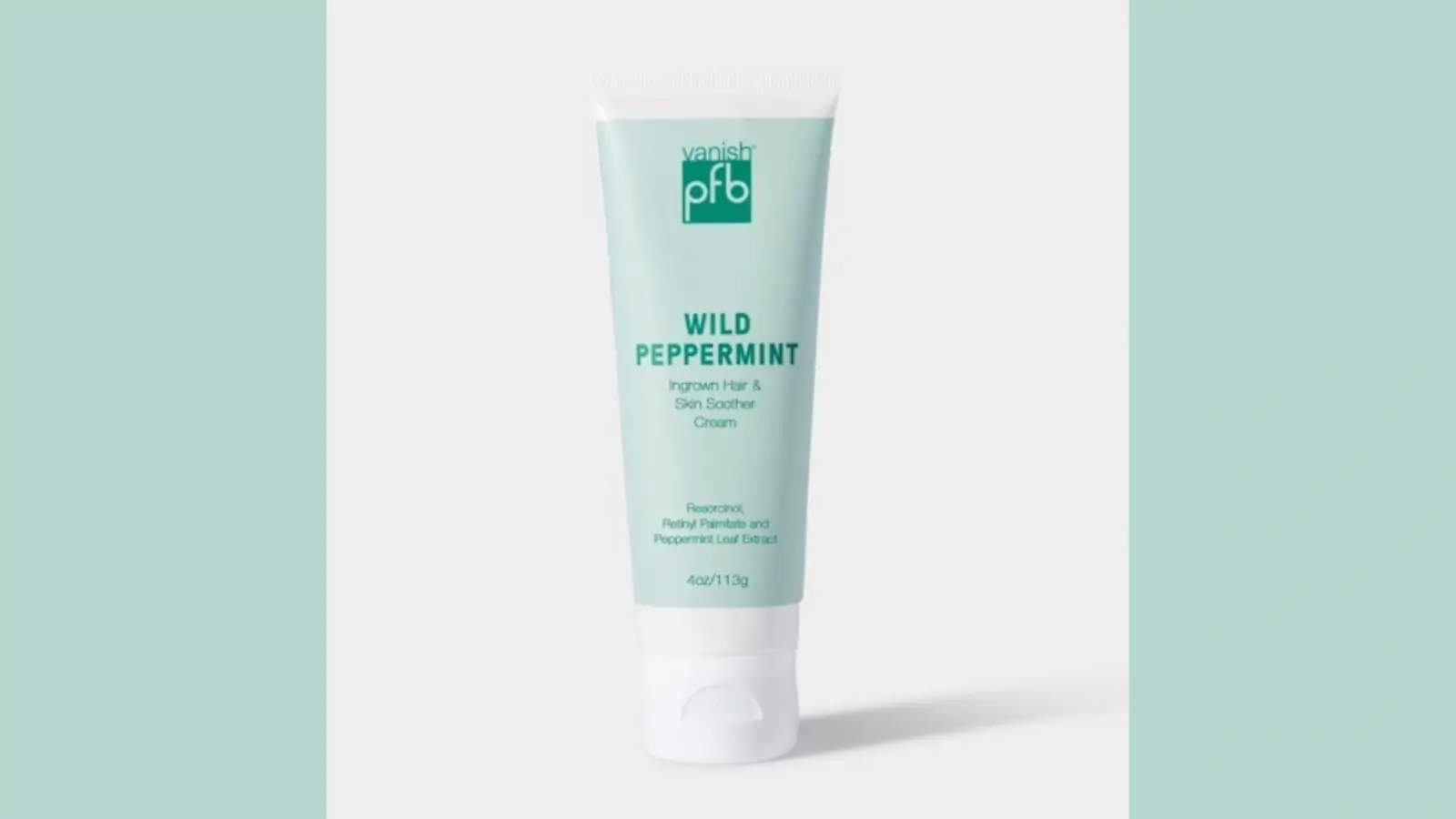


Walk into any skincare store or scroll through social media, and you’ll be met with an avalanche of serums, gels, toners, acids, exfoliators, boosters, elixirs, and sprays—all promising transformation. What was once a simple cleanse-and-moisturize routine has evolved into a 10-step ritual, filled with potent actives layered in precise order. But as skincare routines have become more elaborate, so have reports of irritation, redness, breakouts, and burning sensations.
So we must ask: Is our obsession with maximizing results actually damaging our skin’s ability to function properly?
Increasingly, dermatologists are seeing a phenomenon known as “sensitized skin”—a temporary condition where the skin becomes reactive due to external triggers, including overuse of products. This differs from genetically sensitive skin, which is chronic in nature. Sensitized skin may sting when applying moisturizer, feel hot to the touch, or appear red or flaky.
Many professionals believe that the boom in complex routines and TikTok-driven product experimentation is a key contributor.
Why?
Because many modern skincare routines overload the skin with:
✅ Multiple exfoliating acids
✅ High-strength retinoids
✅ Active-packed serums layered back-to-back
✅ Ingredient interactions not suited for all skin types
✅ Fragranced products in multiple steps
When all of these are used together—especially without proper guidance—the skin’s natural barrier struggles to cope.
The stratum corneum (outer skin layer) acts as a protective shield, locking in moisture while defending against irritants, pollutants, and bacteria. In a healthy barrier state, the skin appears smooth, hydrated, and resilient.
However, aggressive layering of incompatible ingredients can strip natural lipids, disrupt pH balance, and trigger inflammation. When this barrier is compromised, skin becomes more vulnerable to environmental stressors, leading to redness, tightness, and breakouts.
In short: A damaged barrier can turn even the gentlest products into irritants.
Part of the rise in complex routines stems from a growing belief that better skin requires “more”—more steps, more actives, more intensity. Influencers often share extensive AM/PM routines featuring 8 or more products, which can unintentionally create a perception that simplicity equals inadequacy.
But skincare isn’t a race. Your skin doesn’t improve faster with more product—it improves when given what it needs consistently, without disruption.
Some ingredient combinations can be beneficial when used correctly, but others can backfire:
|
Combo |
Potential Issue |
|
AHAs + Retinol |
Severe irritation and peeling |
|
Vitamin C + Niacinamide (in unstable forms) |
Redness in sensitive users |
|
Strong exfoliators + Physical scrubs |
Over-exfoliation and microtears |
|
Multiple fragrance-heavy products |
Heightened allergic response |
When consumers mix trends instead of understanding skin needs, irritation often follows.
Interestingly, a counter-trend called “skin minimalism” or “skin cycling” is emerging. These approaches focus on paring down routines to essential, barrier-friendly steps while strategically introducing actives only when needed.
Dermatologists are increasingly recommending routines that include:
✅ A gentle cleanser
✅ A hydrating barrier-supporting moisturizer
✅ Sunscreen in the morning
✅ A targeted active only when appropriate
By reducing overload, skin has time to repair and strengthen itself naturally.
Once irritation appears, the priority shouldn’t be to add more actives, but to repair the barrier and calm the inflammation. This is where supportive skincare products designed to soothe, hydrate, and restore come into play.
Products rich in ceramides, centella asiatica, panthenol, and nourishing oat extracts can help rebuild barrier integrity. In cases of visible redness or discomfort, a calming cream for irritated skin often becomes an essential step, helping ease irritation while promoting barrier recovery.
Only after the skin returns to its baseline should actives be gradually reintroduced—if at all necessary.
The conversation is beginning to shift from “more is better” to “what is necessary for my skin?” Personalized, barrier-first skincare is becoming a priority. Consumers are becoming more aware of ingredient potency, skin tolerance, and the importance of gradual progression.
Perhaps the next evolution in skincare won’t be about stacking more products—but about listening more carefully to what the skin is trying to say.
A multi-step routine isn’t inherently harmful—but a poorly constructed one can be. When skincare becomes a guessing game, irritation is often the result. As we move forward, the future of skincare must balance efficacy with respect for skin health.
The real secret to great skin may not be how much we apply—but how intentionally we care.